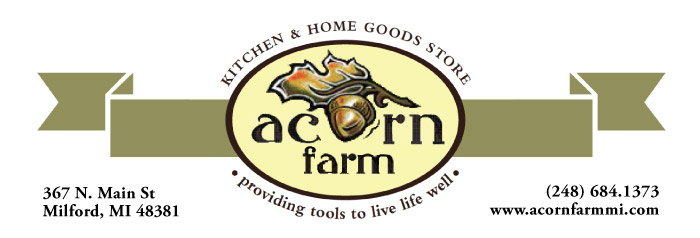Apricot Fruit Leather
Makes 2 large sheets, or 24 1-inch roll-up strips
Everyone loves fruit leather as a quick snack and tasty treat. The concentrated fruit flavors burst with every chewy bite. With so much fruit in abundance, drying sheets of fruit leather are a great way to make the most of the season. It’s easier than you think! It requires a minimal amount of hands-on time. Making homemade fruit leather avoids the unknown or less desirable additives in commercial varieties. Dry single flavors of fruit, or experiment with different mixtures – strawberry-blueberry, cherry-apple, peach-grape, or whatever your taste buds desire.
12 apricots, or 4 cups of fruit chunks, or combination of fruits
2 tablespoons sugar (adjust with more or less according to taste)
2 tablespoons freshly squeezed lemon juice
1. Wash the apricots, pat dry, halve, and remove pits.
2. Place the apricots, sugar, and lemon juice in a blender or food processor. Puree until smooth.
3. OPTIONAL STEP: Though not necessary, if desired to hasten the drying process, transfer the puree to a large saucepan. Cook on low, stirring frequently, until the sugar has completely dissolved and some of the water in the mixture has evaporated. The apricot puree should have the consistency of a thin jam.
OVEN METHOD:
4a. Line a rimmed baking sheet with a silicone baking mat. Spread the apricot puree in a thin layer to within an inch of the edge of the baking mat.
5a. Place the baking sheet in a 150°F oven for 3-4 hours or until the sheet has dried out, peels easily from the baking mat, yet is pliable (not brittle or browned). (The time required may vary significantly based on the fruit, the puree’s consistency, and the initial thickness of the spread mixture.)
6a. Remove from the oven, allow to cool completely. Peel the fruit leather from the silicone baking mat and transfer to a cutting surface. With a pizza cutter, or kitchen shears cut strips of the fruit leather and roll up each strip. If desired, line the cutting surface with a sheet of wax paper and cut the paper and leather together, then roll-up.
DEHYDRATOR METHOD:
4b. Follow the manufacturer’s directions for your dehydrator and use the included fruit leather lining sheet. Spread the apricot mixture in a thin layer.
5b. Turn on the dehydrator and allow the heat and airflow to dry the apricot puree into fruit leather. Follow the heat and timing suggestions included in your dehydrator’s manual. For example, the dehydrator we used suggested a medium heat setting, and 4 hours in the dehydrator. (The time required may vary significantly based on the fruit, the puree’s consistency, and the initial thickness of the spread mixture.)
6b. When the fruit leather is dried to the desired consistency, peel from the liner sheet and transfer to a cutting surface. With a pizza cutter, or kitchen shears cut strips of the fruit leather and roll up each strip. If desired, line the cutting surface with a sheet of wax paper and cut the paper and leather together, then roll-up.
STORAGE:
7. Store at room temperature for up to 2 weeks, or place in the freezer, well wrapped, for longer storage. |

